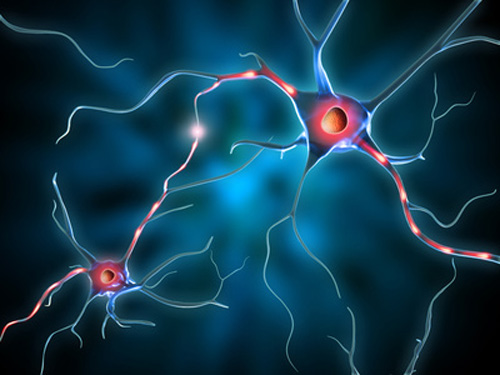Team hopes limitless supply of neurons will facilitate drug R&D and lead to transplantation therapy.
U.S. researchers claim to have generated functional basal forebrain cholinergic neurons from human embryonic stem cells (hESC). This is the type of nerve cell that is killed off early in Alzheimer disease, causing the characteristic memory loss. The team, from Northwestern University Medical School, also demonstrated that the stem cell-derived nerve cells appear to function normally in vivo. When the neurons were transplanted into the hippocampus in mice, they sent out axons and released acetylcholine. The researchers hope the ability to generate large quantities of relevant human neurons will accelerate Alzheimer disease research, provide a limitless supply of cells for in vitro drug testing, and potentially even lead to new transplant therapies for patients.
Reporting on their achievement in today’s issue of Stem Cells, lead author Christopher Bissonnette, Ph.D., says he has subsequently managed to generate the same neurons from skin-derived induced pluripotent stem cells (iPSCs) from Alzheimer patients and healthy individuals.
The brain houses a relatively small proportion of basal forebrain cholinergic neurons, and these cells act to help the hippocampus retrieve memories in the brain. The loss of these cells in Alzheimer disease has a rapid effect on the ability to remember things, points out Jack Kessler, M.D., chair of neurology and Davee Professor of Stem Cell Biology at Northwestern University Feinberg School of Medicine. “Now that we have learned how to make these cells, we can study them in a tissue culture dish and figure out what we can do to prevent them dying.”
Dr. Bissonnette grew and tested millions of cells in order to identify which hESC genes needed to be switched on so they would differentiate into cholinergic neurons, and also find out how to stabilize them so they survived long enough to complete the process. “Since this was brand new research, people didn’t know what kind of tissue culture mature human neurons would like to live in,” he admits. “Once we figured it out, they could live indefinitely.”
Dr Bissonnette says his subsequent work, as yet unpublished has enabled the production of basal forebrain cholinergic neurons from iPSCs derived from skins cells taken from Alzheimer disease patients, healthy individuals with no family of Alzheimer disease, and also healthy individuals who are considered to have an increased risk of developing the condition. “This gives us a new way to study diseased human Alzheimer’s cells,” Dr. Kessler states. “These are real people with real disease. That’s why it’s exciting.”







